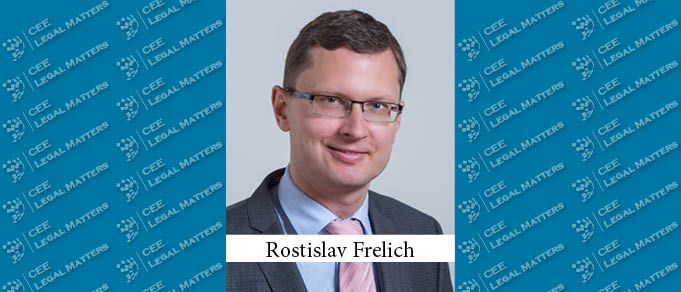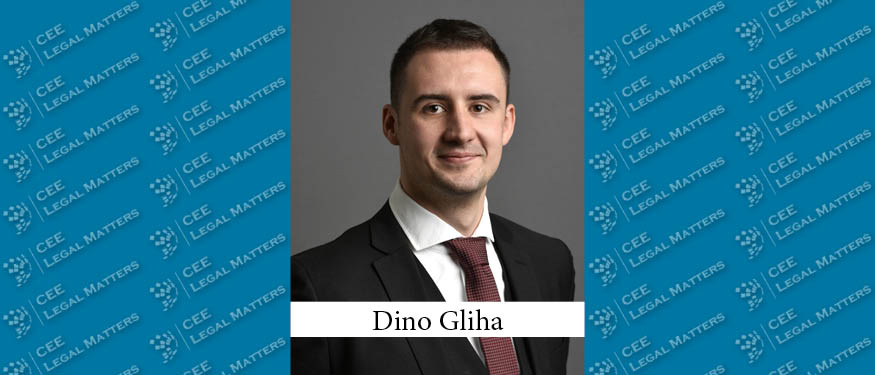Generally, in the Czech Republic investment incentives are provided by the state to support businesses in regions other than Prague. They are approved by the government in cooperation with the respective ministries and processed by the state agency CzechInvest.
Incentives include corporate income tax relief for up to 10 years, job creation grants up to CZK 300,000 (approximately EUR 12,000) per job, training grants up to 70 percent of training costs, and cash grants on capital investment up to 20 percent of eligible costs. Incentives vary depending on the sector of investment, region, size of the enterprise, and investment volume.
Investment incentives are intended for investors in technology centers, business support service centers, the manufacturing industry, and the manufacturing of special medical products (products of strategic importance intended to protect life and health). Business support service centers are software development, data, shared service, and high-tech repair centers. Business support service centers must provide services in at least in three countries.
The minimum conditions for obtaining investment incentives depend on the supported area of investment and the size of the enterprise. For instance, a small technology center needs to create at least 10 new and invest at least CZK 2.5 million (approximately EUR 100,000) in long-term assets.
The maximum rate of incentives and subsidies granted to large enterprises in relation to eligible costs (i.e. usually the investment) is as follows: 40 percent in the Karlovy Vary and Usti and Labem regions, 30 percent in the Liberec, Hradec Kralove, Pardubice, Moravian-Silesian, Olomouc, and Zlin regions, 25 percent in the Tachov, Pilsen-North, Rakovnik, Kladno, and Melnik districts, 20 percent in the remaining regions of the Pilsen, Central Bohemian, South Bohemian, Vysocina and South Moravian regions. There are no incentives or subsidies granted in Prague.
The maximum state aid rates are increased by bonification of 20 and 10 percent intended for small and medium-sized enterprises, respectively.
Consequently, the maximum state aid for small enterprises is 40 to 60 percent of eligible costs (depending on the region). An enterprise that has less than 50 employees and whose annual turnover and the annual balance sheet total does not exceed EUR 10 million (at the group level) is a small enterprise.
The maximum state aid for medium-sized enterprises is 30 to 50 percent of eligible costs (depending on the region). An enterprise that has between 50 and 250 employees and whose annual turnover does not exceed EUR 50 million and its annual balance sheet totals under EUR 43 million (at the group level) is a medium-sized enterprise.
The maximum state aid for large enterprises is 20 to 40 percent of eligible costs (depending on the region). In some regions, only new economic activities and not the expansion of current activities are supported.
Strategic investments are subject to special rules for the maximum state aid. Criteria for strategic investments depend on the supported area of business. For instance, strategic investments in technology centers require a minimum of 70 new jobs to be created and at least CZK 250 million (approximately EUR 10 million) must be invested in long-term assets.
In relation to strategic investments in the manufacturing industry, a minimum of 250 new jobs must be created and at least CZK 2 billion (approximately EUR 80 million) must be invested in long-term assets. Moreover, in selected (developed) regions the condition of higher value-added must be fulfilled: a minimum of 80 percent of employees have at least the average wage in the region and a) 10 percent of employees are university graduates and there exists a collaboration with R&D institutions corresponding to one percent of eligible costs; or b) two percent of employees are employed towards R&D; or c) 10 percent of eligible costs represent machinery R&D.
The above minimum criteria for strategic investments in the manufacturing industry do not apply to the following investment sectors: the production of pharmaceutical products and preparations, computers, electronic and optical devices, and aircraft, aircraft engines, spacecraft, and related equipment. However, research and development must be implemented using key enabling technology like advanced materials technologies, advanced manufacturing technologies, nanotechnology, biotechnology, photonics, microelectronics, nanoelectronics, and artificial intelligence technologies.
By Rostislav Frelich, Tax Advisor and Leader of Tax Desk, Peterka & Partners
This article was written before the advent of the war in Ukraine and was originally published in Issue 9.2 of the CEE Legal Matters Magazine on March 1, 2022. More current articles on developments in Ukraine can be found in our #StandWithUkraine section. If you would like to receive a hard copy of the magazine, you can subscribe here.

















